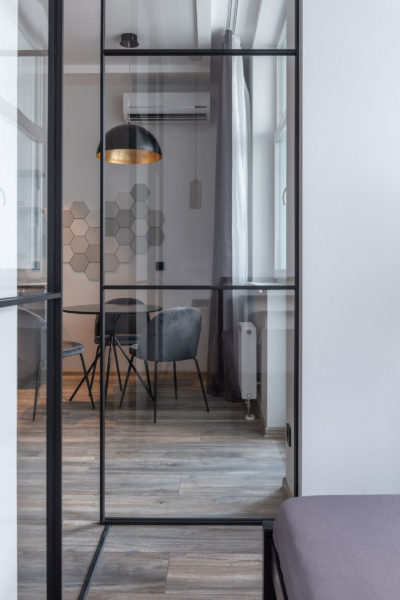Steam heating systems are not a new thing, but providing effective and efficient control is. Heating with steam radiators has been around for more than a century. Despite its old school function and design, it isn’t going away any time soon. That’s why engineers at HVAC design and manufacturer Salus have developed tools to help owners and end users have more control over their steam-heated environments. Christopher S. Robertson, director of sales for Salus North America, has traveled the world, getting up close and personal with heating control strategies. In this column, he tells us how to tame wild steam so we no longer need to open the window to control comfort.
Anyone who’s ever been in a building with a steam heating system knows it can provide a great quality of heat but be challenging to control the temperature. The steam boiler, usually in a basement, pumps out steam at approximately 212 degrees. Steam travels through the building, sending temperatures in some spaces soaring while others stay low. For more than a century the only solution has been to open a window.
Steam heating systems were developed in the late 1800s. During the 1918 Spanish Flu opening the window to circulate air helped reduce illness transmission, similar to what we’ve done today. The goal was to have a heat source extreme enough to keep spaces warm even on the coldest days with the windows open. Nowadays, despite being in a pandemic, opening windows with the heat on is seen as wasteful—like throwing your dollars out.
- Photo courtesy of Pexel
- Photo courtesy of Pexel
Steam boilers may not be the most efficient way to heat a space, but they’re not going anywhere soon. They’re common in buildings built before 1950. The Greener, Greater Buildings Plan reports most buildings above 50,000 square feet (81.9% in New York City alone) use steam-based heat. The cost to replace them would be astronomical. You’re better off demolishing the building and starting fresh. In recent years there have been a few solutions to help control radiator heat. Covers were invented to guide heat from one space to another. Yet few of these inventions meet today’s technology standards.
That’s why at Salus we’ve developed the technology to control steam heating systems, ultimately taming wild steam. Using thermostatic radiator valves and remote thermostats, our technology increases comfort and maximizes savings. Our wireless technology enables individual thermostat controls to be in each space. Occupants no longer need to worry about one space being 80 degrees and the other 60. It’s helping bring this older technology in line with modern times.






